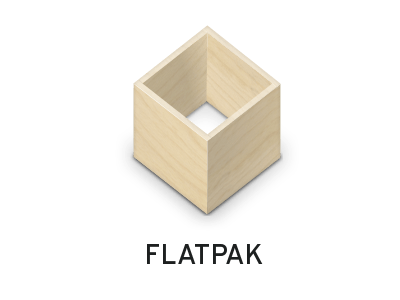How To Install Flatpak on Fedora 40

In this tutorial, we will show you how to install Flatpak on Fedora 40. Flatpak is a next-generation technology for building, distributing, and running desktop applications on Linux. Developed to solve the limitations associated with traditional package management systems, Flatpak offers a sandbox environment where applications can run isolated from the rest of the system, enhancing security and compatibility. Unlike other package managers like Snap and AppImage, Flatpak focuses on providing a consistent environment for applications, ensuring they work on any Linux distribution.
This article assumes you have at least basic knowledge of Linux, know how to use the shell, and most importantly, you host your site on your own VPS. The installation is quite simple and assumes you are running in the root account, if not you may need to add ‘sudo‘ to the commands to get root privileges. I will show you the step-by-step installation of the Flatpak on a Fedora 40.
Prerequisites
Before we dive into the installation process, ensure that you have the following prerequisites in place:
- A server running one of the following operating systems: Fedora 40.
- It’s recommended that you use a fresh OS install to prevent any potential issues.
- You will need access to the terminal to execute commands. Fedora provides the Terminal application for this purpose. It can be found in your Applications menu.
- A stable internet connection to download the necessary packages.
- A non-root sudo user or access to the root user. We recommend acting as a non-root sudo user, however, as you can harm your system if you’re not careful when acting as the root.
Install Flatpak on Fedora 40
Step 1. Update the System.
Ensure that your Fedora 40 installation is up-to-date by running the following command:
sudo dnf clean all sudo dnf update
This command will update your system with the latest available packages, ensuring a smooth and compatible installation process.
Step 2. Installing Flatpak on Fedora 40.
Flatpak is available in the official Fedora repository, making the installation process straightforward. Open the terminal and run the following command:
sudo dnf install flatpak
This command will download and install the Flatpak package manager along with its dependencies. The dnf package manager will resolve any necessary dependencies and ensure a smooth installation process.
Flathub is the central repository for Flatpak applications, hosting a vast collection of software from various developers and projects. To access this repository, you need to add it to your Flatpak configuration:
flatpak remote-add --if-not-exists flathub https://flathub.org/repo/flathub.flatpakrepo
This command adds the Flathub repository to your Flatpak setup, ensuring that you have access to a wide range of applications.
Step 3. Installing Applications with Flatpak.
One of the primary advantages of using Flatpak is the ability to easily install and manage applications from the Flathub repository. Here’s how you can search for and install applications using Flatpak:
- Search for Applications:
To search for available applications on Flathub, you can use the flatpak command with the search option:
flatpak search <application-name>
Replace <application-name> with the name of the application you’re looking for. For example, to search for the popular LibreOffice suite, you would run:
flatpak search libreoffice
- Install an Application:
Once you’ve identified the application you want to install, you can use the flatpak install command:
flatpak install flathub <application-id>
Replace <application-id> with the unique identifier of the application you want to install. For example, to install LibreOffice, you would run:
flatpak install flathub org.libreoffice.LibreOffice
Step 4. Managing Flatpak Applications.
Flatpak provides a set of commands to manage installed applications, update them, and clean up unused resources. Here are some essential commands for managing Flatpak applications:
To update all installed Flatpak applications, use:
flatpak update
To remove an installed application, use:
flatpak uninstall [Application ID]
To see a list of all installed Flatpak applications, use:
flatpak list
Congratulations! You have successfully installed Flatpak. Thanks for using this tutorial for installing the Flatpak on your Fedora 40 system. For additional or useful information, we recommend you check the official Flatpak website.